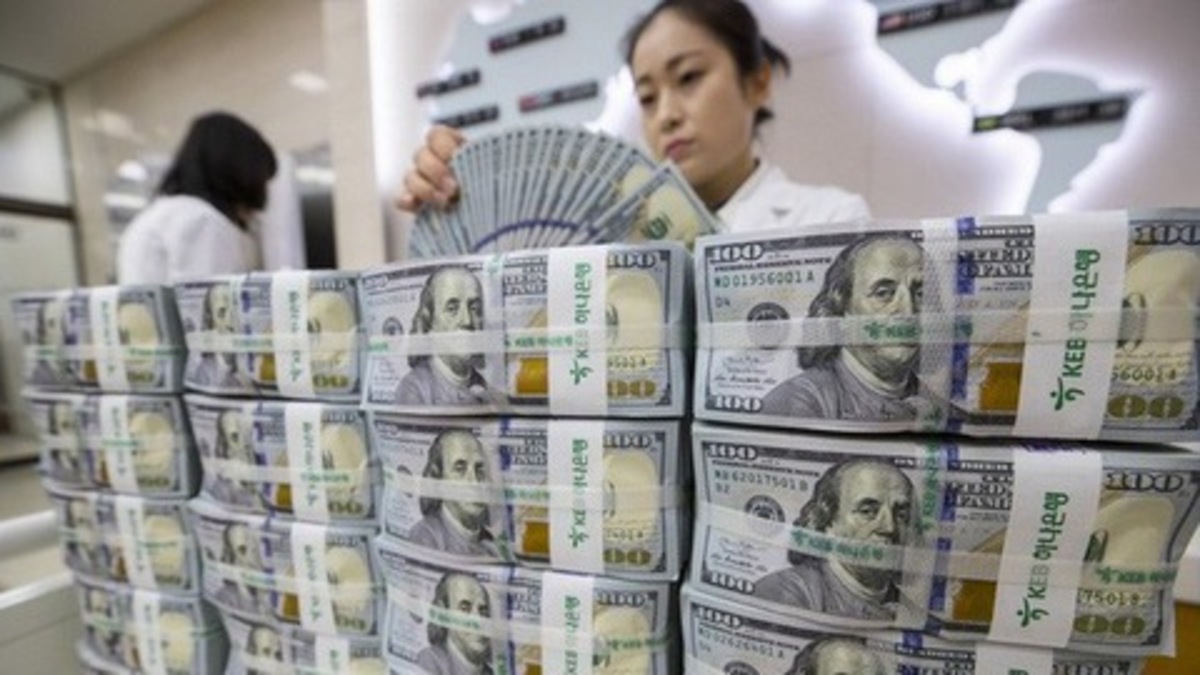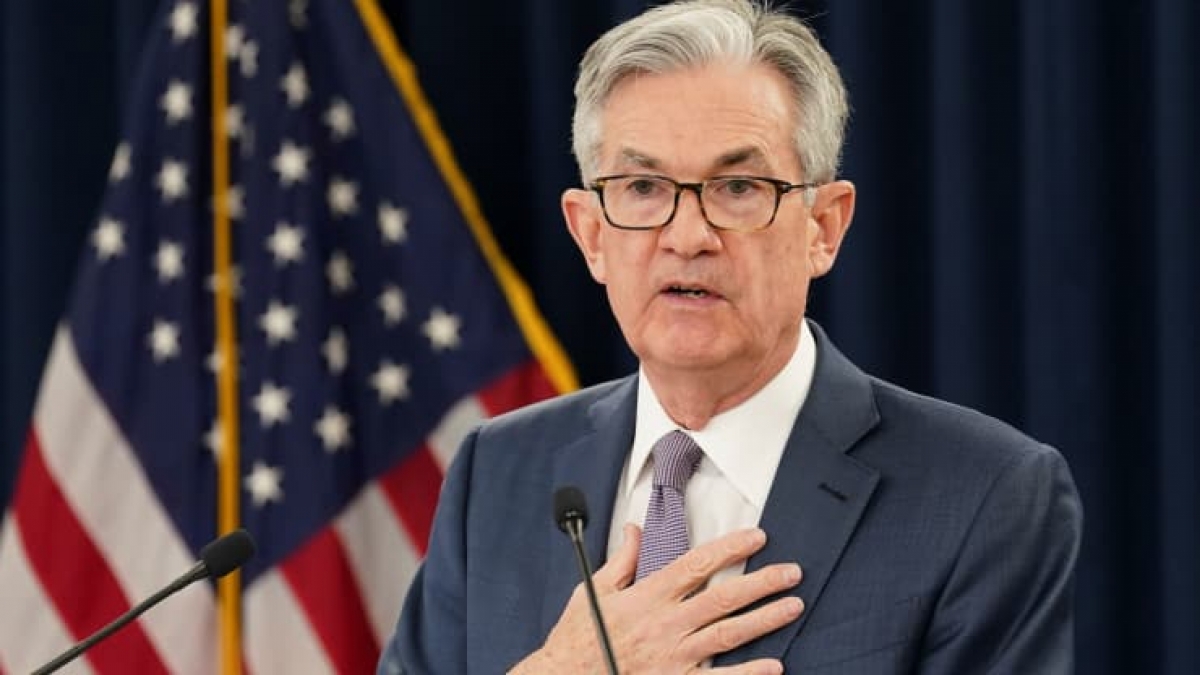Global liquidity and impacts on inflation
For many years now we’ve stressed the importance of global liquidity in feeding booms – then busts – in asset prices.

Global liquidity was fired up by surging global reserves.
Bonds and stocks continue to look vulnerable, as do currencies against the US dollar. At some point, this bearishness will end and it seems that the key to this is the performance of inflation. If that’s right, it looks as if investors will still have a long wait.
For many years now we’ve stressed the importance of global liquidity in feeding booms – then busts – in asset prices. However, goods and services prices, which go into the CPI’s have taken longer to reflect this liquidity surfeit. But that’s what we’re seeing now.
Mr. Steve Barrow, Head of Standard Bank G10 Strategy, said the global boom in liquidity did not start with the post financial crisis quantitative easing and zero rates but can be traced back a decade, or so earlier as global liquidity was fired up by surging global reserves. Central banks accumulating these reserves, notably China, could not sterilise them fully and rampant monetary growth took hold as a consequence.
This liquidity fuelled booms in asset prices such as stocks and bonds, but also bubbles, notably the US housing bubble in 2007/08. As these bubbles exploded, so another type of liquidity was added; central bank liquidity via the purchase of domestic assets (domestic bonds) rather than foreign assets as happened when global reserves had been soaring.
Unsurprisingly, this addition of central bank liquidity fuelled new strength in asset prices, partly because central banks were shrinking the supply of assets (bonds) available to the private sector. All the while goods and services inflation remained quiescent – up until recently of course. It did so because demographics and globalisation were increasing the supply and lowering the cost of goods and services. So, while assets like stocks and bonds were in relatively fixed supply, so lifting their price, the elasticity of goods and services prices kept CPI inflation low. But then things changed.
“We suspect that they would have changed anyway with global CPI inflation “catching up” to global asset price inflation. But supply chain tensions and deteriorating demographics through Covid bought the eventual rise of inflation forward significantly to a point where it is clearly a global problem now”, said Mr. Steve Barrow.
Put simply, the order of events from the early 2000s up to now was that liquidity surged, asset prices soared in tandem and eventually goods and services prices caught up. If we are thinking now about the chances of persistently lower inflation, it looks as if these things will have to happen in order again: liquidity will need to decline, asset prices slump and – eventually – goods and services prices will follow.

The Fed has started to reduce its balance sheet
Optimists might argue that this is exactly what is playing out. Central banks are hiking rates and have stopped quantitative easing and, at the same time, asset prices have fallen. But those of a more pessimistic persuasion would argue that the moves to date, particularly when it comes to global liquidity barely scratch the surface of what’s required and a corollary of this seems to be that asset prices have not fallen enough.
It is true that this measure has fallen by nearly USD2tr from its peak in Q4 21 as the Fed has started to reduce its balance sheet and dollar strength has eaten into global reserves. But this liquidity measure is still up nearly 10-fold from where it was before this liquidity boom developed in the early 2000s.
Now we are not saying that reserves and central bank balance sheets have to fall back to the levels seen then; far from it. But Mr. Steve Barrow said that liquidity conditions would still seem far too ample and arguably as a consequence, asset prices are still far too high to reduce inflation. Of course, there will be some reduction in inflation just on base effects and as supply chain tensions ease. But that’s unlikely to put inflation back to where central banks want it. Put more simply, the world has enjoyed the boom times of surging liquidity and strong asset prices and there needs to be more pain now if the consequences of this – surging goods and services inflation - is to be properly extinguished.








